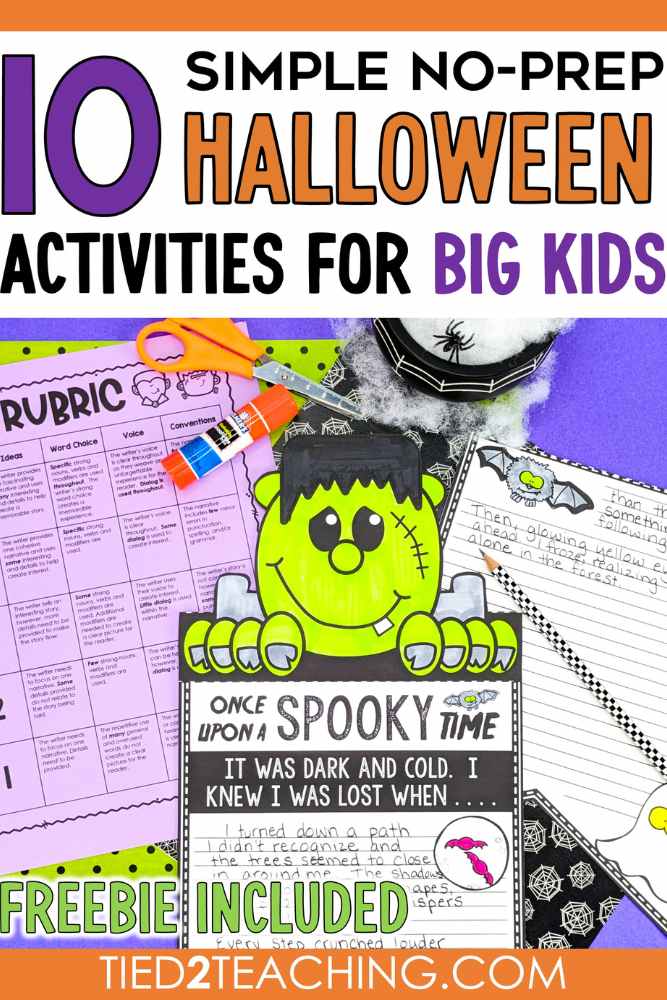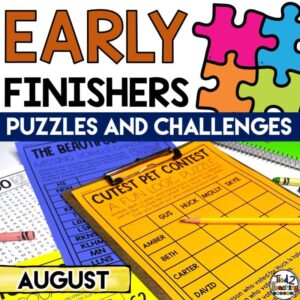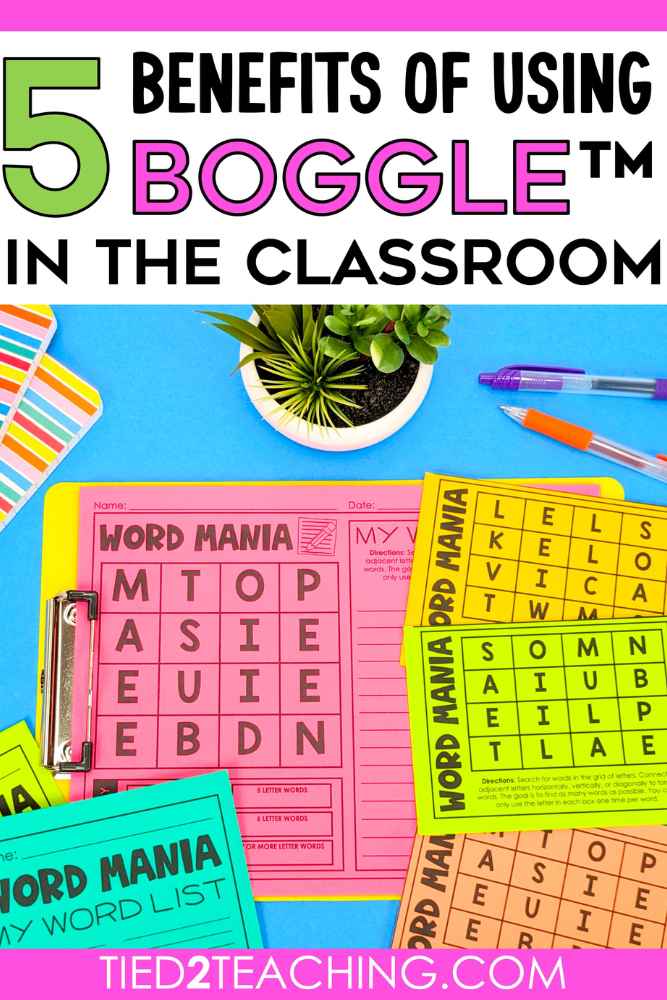

HELLO! WE’RE
MATT & TARA
We’re so glad you have visited Tied 2 Teaching. With over 20 years of experience in public school classrooms and as homeschool parents, we love helping upper elementary teachers with ready-to-go resources and ideas that will delight and inspire their students. We hope you find your time here encouraging and that you find tools to help lighten your load.
Let's Connect
Search
CATEGORIES
Products You'll Love
20 Easy Back to School Icebreakers That Aren’t Cringey

It’s your first day back in the building for the new year! Everyone is excited and ready to get into their classroom. You walk in for the “welcome back” breakfast and you see the giant chart paper and markers at every table. UGG! Let’s face it—some icebreakers make everyone cringe, including the teacher.
Upper elementary students are in that in-between space where they want to have fun—but they also want to feel cool, confident, and safe. That’s why the first week of school is the perfect time to use icebreakers that are low-pressure, fun, and designed to help kids make real connections.
Here are 20 of my favorite icebreakers I have used over the years! These are great icebreakers and brain breaks that your 3rd, 4th, and 5th graders will actually enjoy—and that won’t make you want to disappear into the classroom rug. Plus, make sure to grab our FREE Back to School Survival Pack below! It has 140 pages that are designed to make your first week a breeze!
1. Would You Rather?
Ask a fun question like “Would you rather have a pet dinosaur or a pet dragon?” and let students move to opposite corners of the room to show their answer. No pressure to speak, but lots of laughter and movement.
2. Find Someone Who…
Give students a bingo-style board with prompts like “Find someone who has a dog” or “Find someone who likes broccoli.” Great for getting kids talking without putting them on the spot.
3. Two Truths and a Fib
Each student says two true things about themselves and one made-up one. The rest of the class guesses which one is the fib. Keep it light and silly!
4. This or That
Flash quick slides or hold up cards: cats or dogs, beach or mountains, pizza or tacos. Students vote with a thumbs up or by moving to one side of the room.


5. Interview a Classmate
Pair students up and have them ask each other 3–5 simple questions (What’s your favorite subject? Do you have any pets?). Then, they introduce their partner to the class.
6. Me Too! Game
Start by saying something like “I’ve been on an airplane!” Everyone who has also been on an airplane says “Me too!” and stands up. It’s a quick way to find connections without calling on anyone directly.
7. My Name and One Thing I Like
Each student says their name and something they like that starts with the same letter—“I’m Sam and I like soccer!” It’s a fun challenge and helps with name recall.
8. What’s in a Number?
Students choose a number that means something to them (like 7 for seven people in their family). Others guess what the number stands for, and the student explains.
9. Silly Survey
Ask three silly “poll” questions and have students vote by raising hands, like “What’s better: ice cream or cake?” It gets everyone engaged without putting individuals on the spot.
10. Stand Up If…
Say things like “Stand up if you have a brother” or “Stand up if you like to read.” It’s a great way to build community and highlight things students have in common.
11. I Wish My Teacher Knew…
Give students a private space to write down one thing they wish their teacher knew. It builds trust and gives you insight right from the start.
12. My Favorite Things Drawing
Have students draw and label a picture of a few of their favorite things. Then, they do a “gallery walk” to look at others’ creations.
13. Emoji Feelings Check-In
Give students a handout of emojis and ask, “Which emoji shows how you feel about the first day of school?” No pressure to explain—just a great conversation starter.


14. Snowball Questions
Students write a silly question on a paper, crumple it into a “snowball,” toss it, and pick one to answer. Keep the questions light and fun.
15. Who Am I? Backpack Version
Have students draw or write about 3 things they would put in an imaginary backpack that represent them. Then they share with a small group.
16. Human Bingo
A twist on “Find Someone Who…”— students get a bingo sheet with fun facts and try to find classmates who match each one. Instant conversations.
17. Quick Sketch Introductions
Give students 5 minutes to draw 3 things that describe them. Then, they pair up and share their drawings with a buddy.
18. Alphabet Line-Up
Without speaking, challenge students to silently line up in alphabetical order by first name. It’s a team-building activity and icebreaker in one.
19. The Shoe Mix-Up
Students take off one shoe and toss it into a pile. Each student grabs a random shoe and finds the person it belongs to, then chats with them for one minute.
20. Classmate Scavenger Hunt
Hand out a list like “Find someone who was born in the same month as you” or “Find someone who can wiggle their ears.” Great for movement and laughter.

Icebreakers don’t have to be cringey, over-the-top, or embarrassing. With just a little planning, you can create space for your students to connect in ways that feel natural, super fun, and low-stress. I’ve also found that the more my students feel known, valued, and connected from day one, the more likely they are to take academic risks and support each other throughout the year. Before you go, don’t forget to grab your free Back to School Survival Kit above!
Save These Ideas for Later
If you found these icebreaker or brain break ideas helpful, go-ahead and save this post to your favorite Pinterest board. Then you will be able to come back to them easily when you need something fun and fresh!







